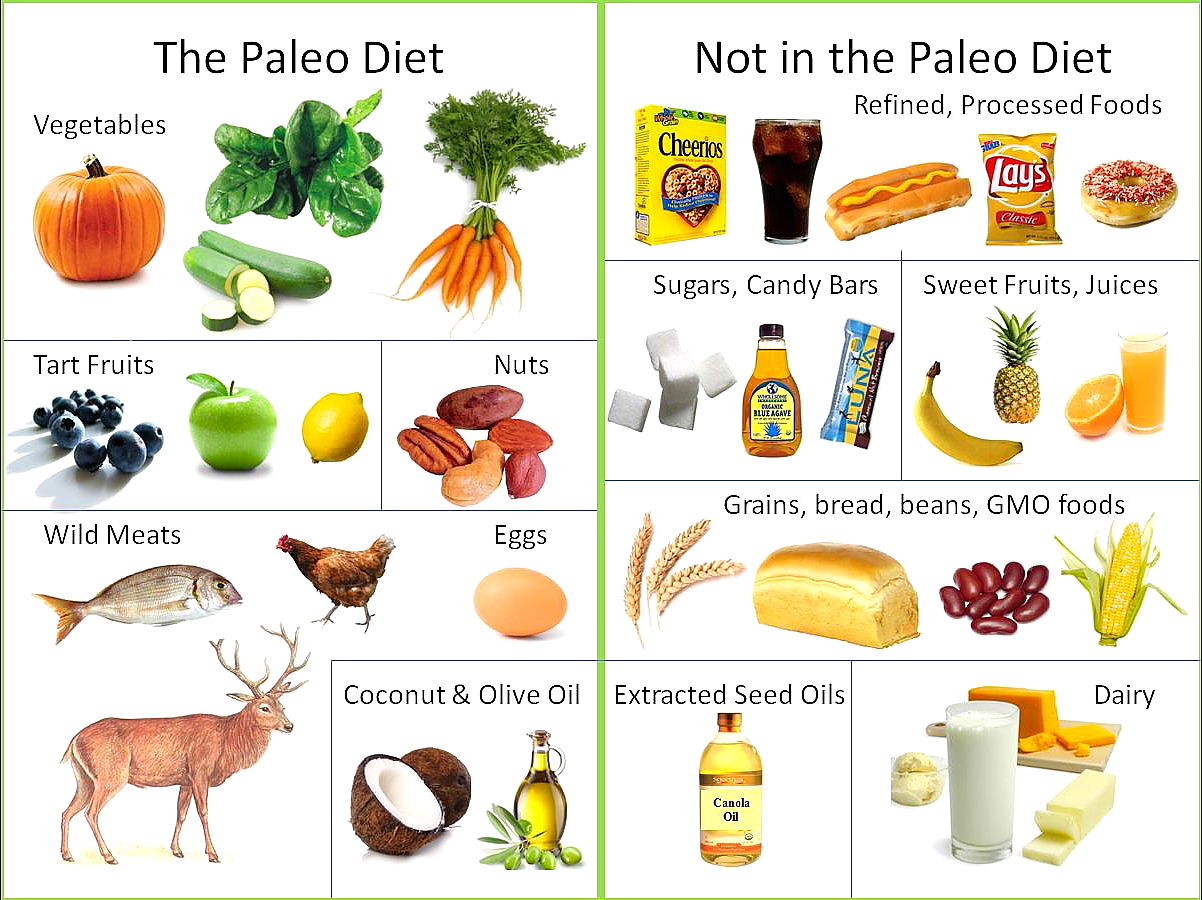Metabolic and physiologic effects from consuming a hunter-gatherer (Paleolithic)-type diet in type 2 diabetes.
The contemporary American diet figures centrally in the pathogenesis of numerous chronic diseases–‘diseases of civilization’–such as obesity and diabetes. We investigated in type 2 diabetes whether a diet similar to that consumed by our pre-agricultural hunter-gatherer ancestors (‘Paleolithic’ type diet) confers health benefits.
We performed an outpatient, metabolically controlled diet study in type 2 diabetes patients. We compared the findings in 14 participants consuming a Paleo diet comprising lean meat, fruits, vegetables and nuts, and excluding added salt, and non-Paleolithic-type foods comprising cereal grains, dairy or legumes, with 10 participants on a diet based on recommendations by the American Diabetes Association (ADA) containing moderate salt intake, low-fat dairy, whole grains and legumes. There were three ramp-up diets for 7 days, then 14 days of the test diet. Outcomes included the following: mean arterial blood pressure; 24-h urine electrolytes; hemoglobin A1c and fructosamine levels; insulin resistance by euglycemic hyperinsulinemic clamp and lipid levels.
Both groups had improvements in metabolic measures, but the Paleo diet group had greater benefits on glucose control and lipid profiles. Also, on the Paleo diet, the most insulin-resistant subjects had a significant improvement in insulin sensitivity (r = 0.40, P = 0.02), but no such effect was seen in the most insulin-resistant subjects on the ADA diet (r = 0.39, P = 0.3).
Even short-term consumption of a Paleolithic-type diet improved glucose control and lipid profiles in people with type 2 diabetes compared with a conventional diet containing moderate salt intake, low-fat dairy, whole grains and legumes.
http://www.ncbi.nlm.nih.gov/pubmed/25828624




